The high temperatures of late fall days can be deceiving. We become relaxed and forget to pay proper attention to temperature-sensitive materials. Unlike summer, when the high temperature period lasts for a good part of the day, fall is only 2-3 hours of high temperatures, and the nights can be quite chilly, especially in low-lying areas. Leave wood adhesives overnight in the transport car or in unheated storage - the pomegranates, as we have come to call them - can freeze and become unusable. But we can use low-temperature resistant adhesives that can be used even after repeated freeze-thaw cycles. Szolvegy Vegyipari Târgu Mureș, the distributor of the TISZABOND brand of adhesives, proposes three adhesives to use in the cold season and assures us that, as of November, they already have these materials in stock.
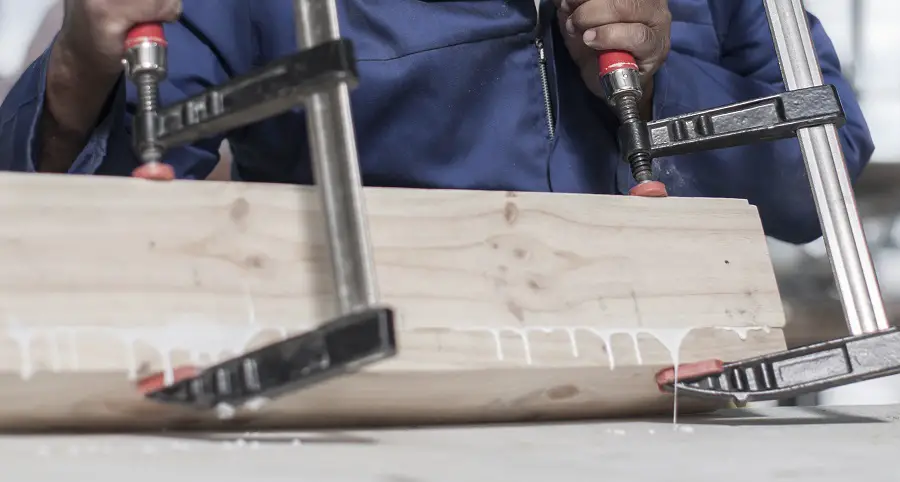
Why a regular PVA adhesive that has gone through the freeze-thaw cycle can no longer be used
To understand what happens when the adhesive freezes, let's first see how the bonding takes place. It happens when molecules of PVA (polyvinyl acetate) floating in water approach each other and react with each other to form a new, solid, very strong product that binds the wood together. The main cause of the bonding is an increase in the concentration of molecules by removing a quantity of water. When the glue is applied to the wood to be bonded, some of the water in the composition is absorbed into the wood and some evaporates during the open tack period before the elements come into contact. The reaction does not take place instantaneously and that's why the pieces are held tightly in the press for a proper fit. In general, soldering takes place in 2 hours and is finalized in 24 hours (i.e. reaching near maximum solder strength). Temperature reduces the time, hot soldering proceeds faster.
At 0°C water starts to freeze. The same is true for the water in which the adhesive molecules float. The water in the packaged adhesive gradually starts to freeze and the adhesive molecules concentrate in the remaining liquid water. Their concentration creates the conditions for the reaction to start, and the adhesive starts to harden in the can. The gradual hardening has the effect of increasing the viscosity, making the adhesive thicker. When this happens, unless it is mentioned that it recovers after shaking, the adhesive should NOT be used. The addition of water does not solve the problem but only dilutes a hardened adhesive that will no longer react after the water evaporates. Using it will result in poor quality bonds that will fail at the first stronger mechanical shock.
Problems can also occur if the temperature in the working area is very low (unheated workshops in winter, in construction). A minimum temperature of 5°C is needed for the adhesive film to react and bond the wood to the surfaces to be bonded. There are also adhesives specially formulated for working in winter conditions that also react at lower temperatures, but these are not the ones we are talking about. At temperatures below 5°C the film will stop forming and instead of a continuous film a white powdery, tack-free layer of white dust will result. The temperature at which this occurs is called bleaching point andi is between 3 and 5°C.
It is obvious that the temperature level is very important in all 3 phases: transportation, storage and working. For storage and transportation the recommended temperature range is 5-35°C, and for the working area the optimal temperature range is 18-20°C.
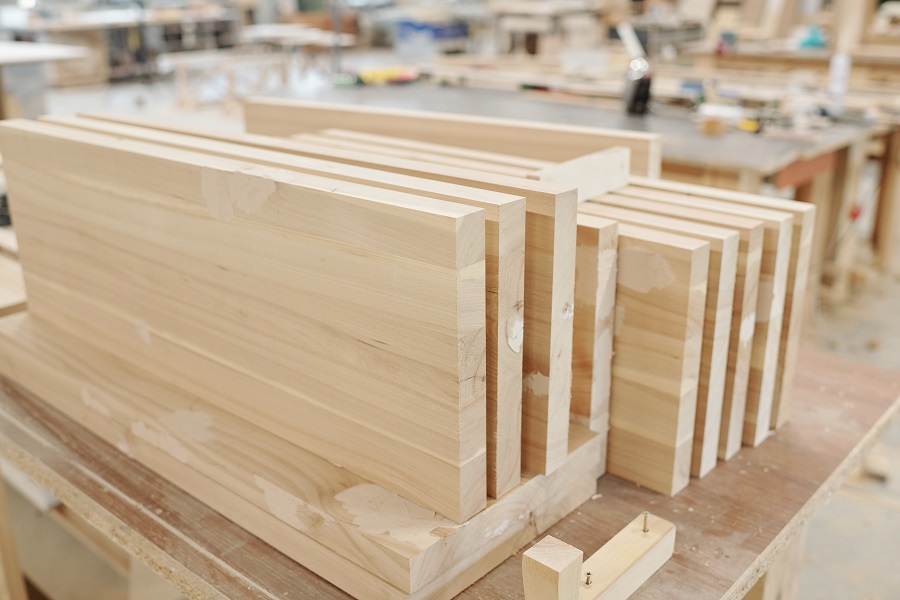
TISZABOND adhesives recommended for the cold season
In order to be able to work safely even when the temperature is very low, Szolvegy has developed 3 adhesives that can be used even when frozen or when the working temperature is very low. The development was made following collaboration with customers in the Miercurea Ciuc area, which is recognized for its very low temperatures in winter. At temperatures of -20°C, it was a problem even to unload the adhesive from the air-conditioned machine and transport it to the heated warehouse.
TISZABOND 3000 is a D3 adhesive developed for users in the wood industry. To increase its water resistance, 3,5-5% crosslinking agent D3D4 can be added to make the adhesive D4. It can be used for the gluing of bathroom and kitchen furniture, for glued structures standing in high humidity or short-water conditions, for gluing where at least one surface is wood or wood derivatives (stair treads, door frames, windows). The adhesive withstands temperatures down to -20°C without freezing, and if frozen can be used after thawing. It withstands 2-3 such cycles, after which it risks freezing irreversibly. After the freeze-thaw cycle the viscosity of the adhesive may increase. Vigorous shaking in the can is recommended for fluidization. The addition of water is not recommended as it decreases the properties. If the adhesive is thicker it is recommended to lower the pressure in the press.
TISZABOND 3010 is a D3 adhesive with enhanced characteristics developed for the wood industry. The moisture resistance is D3, and with the addition of crosslinking agent it can become D4. The adhesive has an improved adhesion which contributes to superior bonding quality. After bonding, the adhesive film becomes more elastic, which contributes to an increase in the average service life of chipping tools. It does not freeze to -20°C and withstands 2-3 freeze-thaw cycles. After thawing it should be mixed to decrease its viscosity.
TISZABOND 3011/D3D Winter is developed for the woodworking and construction industry. It is an improved D3 adhesive with better wettability, improved wet tack, elastic film, no fillers. With the addition of 3,5-5% crosslinking agent the wet strength is increased to a D4 adhesive. In addition to the low freezing temperature of -20°C and use after repeated freeze-thaw cycles, the adhesive has a film forming temperature of 0°C. This makes it very useful on construction sites, where winter temperatures can frequently drop below 5°C.
An adhesive that can be used in borderline conditions can make the difference between a continuous flow and one with fluctuating and delayed delivery times. Unlike in the past, when plowsticks could not be used in damp environments, and if they froze they could no longer be used, a new, improved generation has now emerged. The important thing is to choose the right ones.














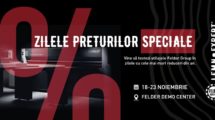
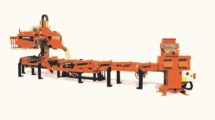
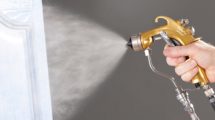
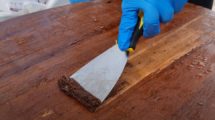

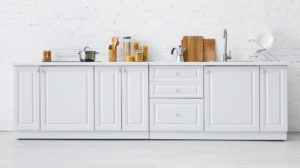

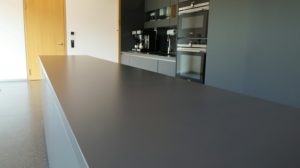
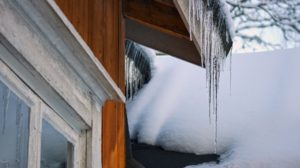








Add comment